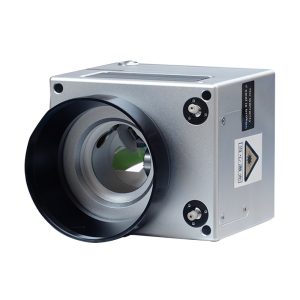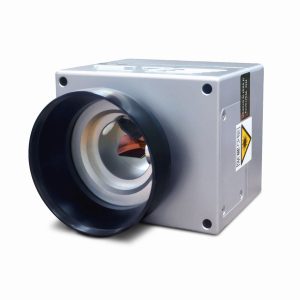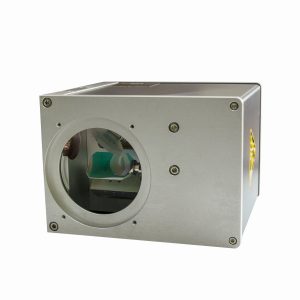Galvanometer Scanners
Introduction:
Galvanometer scanners, also called as galvo-scanners, are used in various applications that usually require precise and fast positioning of a beam. These are primarily used in the laser industry.
What is Galvanometer Scanners?
A galvanometer scanner is a device that turns a mirror using a galvanometer to point a beam, frequently a laser beam, in a specific direction. At its core, the galvanometer is an electromechanical device used to identify and quantify electric current by observing the magnetic effect it causes. This concept is utilized to power the movement of a mirror in a galvo-scanner.
How it works?
Electric Current: The galvanometer’s coil receives a control current.
Magnetic Movement: The magnetic field produced by this current interacts with the magnetic fields produced by the permanent magnets positioned around the coil. The coil (to which a mirror is attached) rotates as a result of the interaction between these magnetic fields.
Mirror Deflection: The attached mirror pivots as the coil rotates owing to magnetic forces, deflecting the laser beam (or other form of beam) reflecting off the mirror.
Positional Feedback: A positional feedback mechanism is often integrated into Galvo scanners. By doing this, the mirror’s proper angle is guaranteed. The current is adjusted to rectify the position if any variation is found, enabling exact beam positioning.
Application: Where is it used for?
There are many uses for galvanometer scanners, including but not restricted to:
Galvo scanners are used in laser marking and engraving to quickly direct the laser beam across the target material and produce exact marks or engravings.
Laser cutting is used to create complex patterns in materials.
Medical Imaging: Galvo scanners assist in the focus of light beams during OCT (Optical Coherence Tomography) and other medical imaging procedures.
Laser Show Systems: Galvo scanners are used in the entertainment industry to project and move laser beams to produce visual effects.
Using Galvo scanners, specific SLA (Stereolithography) 3D printers precisely position the laser beam as it hardens the resin layer by layer.
Galvo scanners help in the confocal and multi-photon microscopy processes by using a laser to scan the specimen.
Conclusion:
Galvanometer scanners are essential for the quick and accurate manipulation of laser beams in a variety of applications. Their vital capacity to deliver quick, precise, and controlled beam deflections ensures that jobs like intricate laser engravings and crucial medical imaging are completed. Galvo scanners are unquestionably crucial to modern equipment and applications due to their relevance and significance as technology advances and the need for precision rises.
Showing all 7 results
-

10mm Galvanometer Scanners Fly I
Model. TFT-I-10MM -

10mm Galvanometer Scanners Fly I
Model. TFT-I-10MM -

10mm Galvanometer Scanners Fly I
Model. TFT-MINI-10MM -

10mm Galvanometer Scanners Fly II
Model. TFT-II-10MM -

10mm Galvanometer Scanners Fly III
Model. TFT-III-10MM -

20mm Galvanometer Scanners Fly III
Model. TFT-III-20MM -

30mm Galvanometer Scanners Fly III
Model. TFT-III-30MM

 HOME
HOME
 GET A QUOTE
GET A QUOTE  QUOTE BASKET
QUOTE BASKET 

